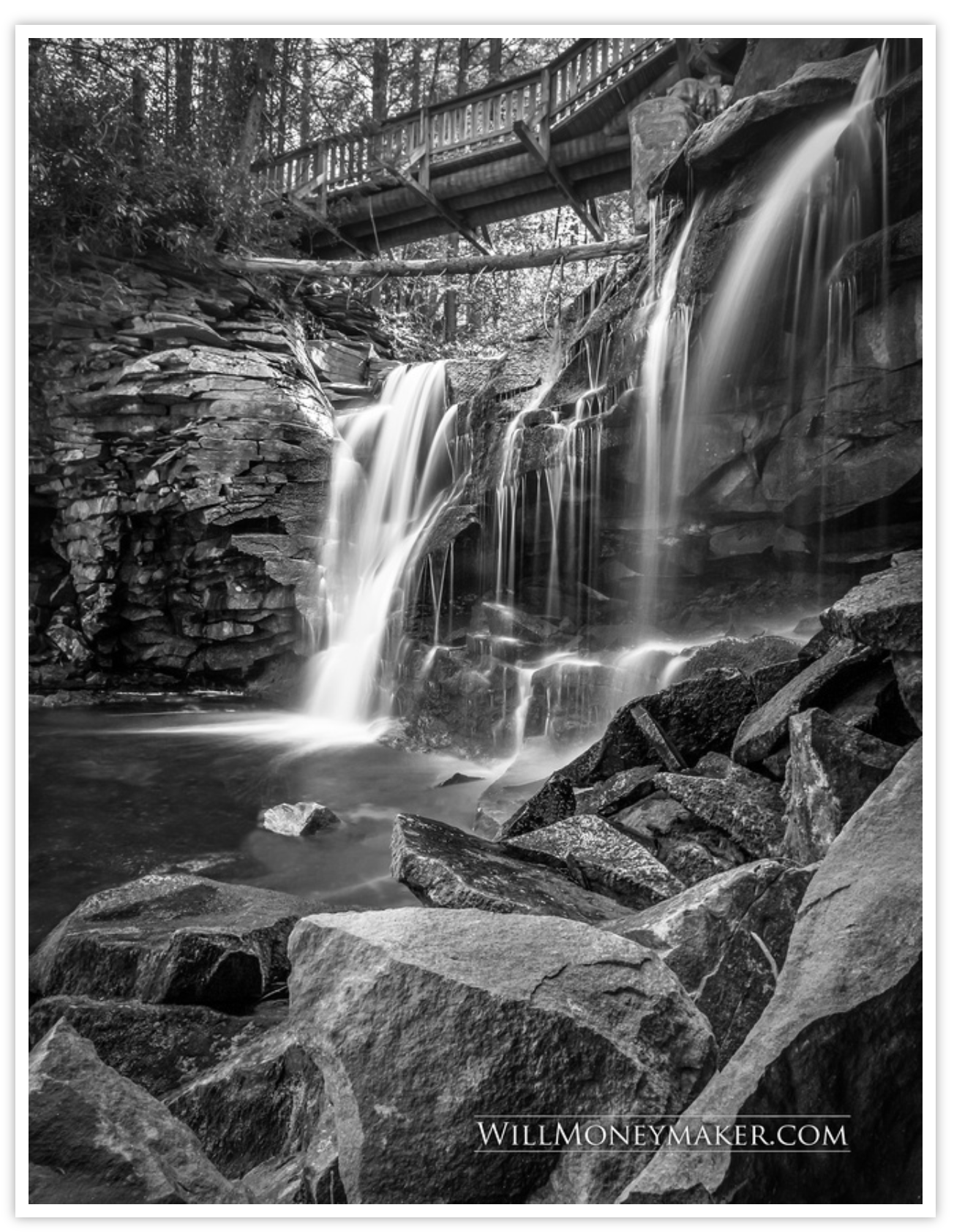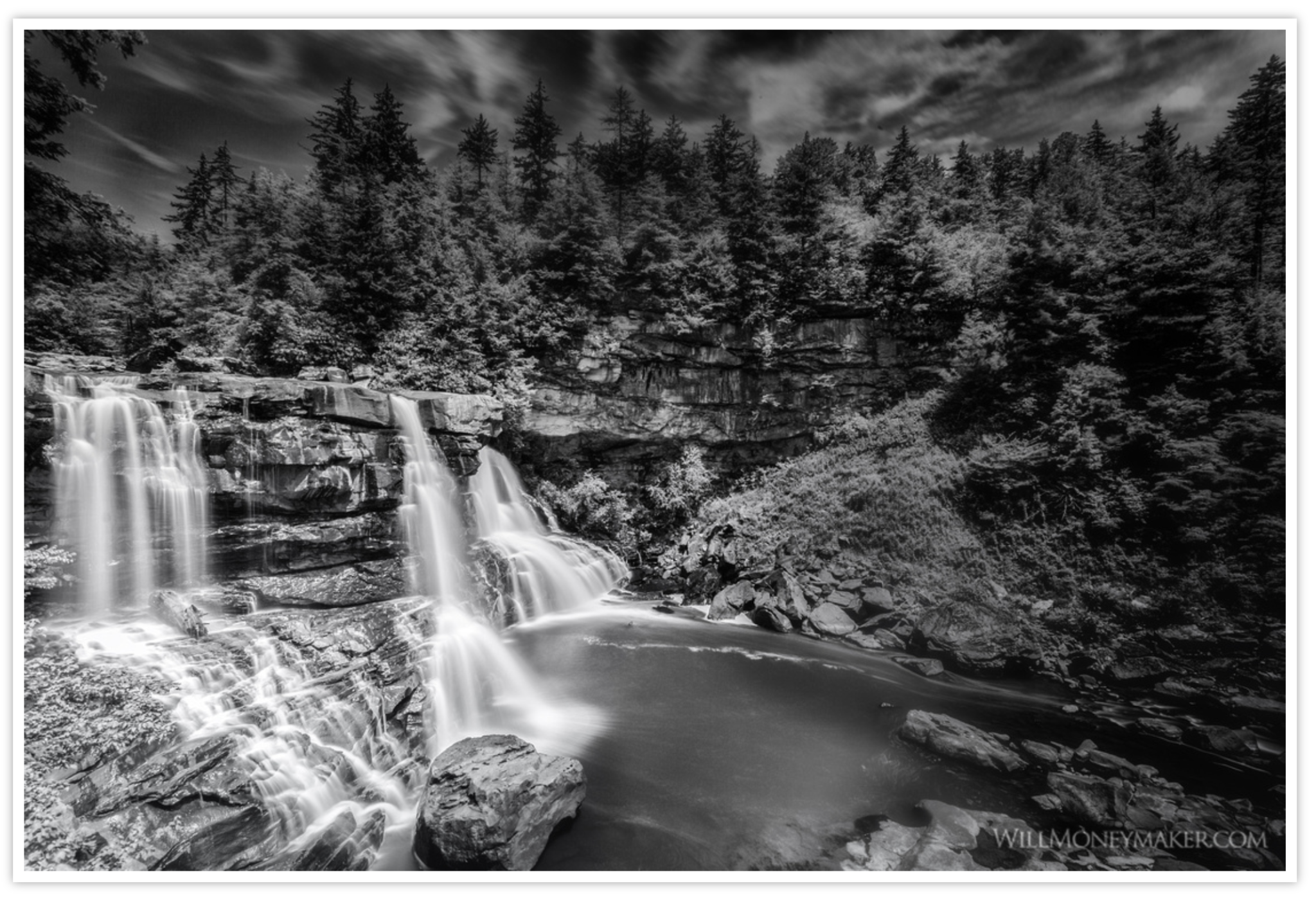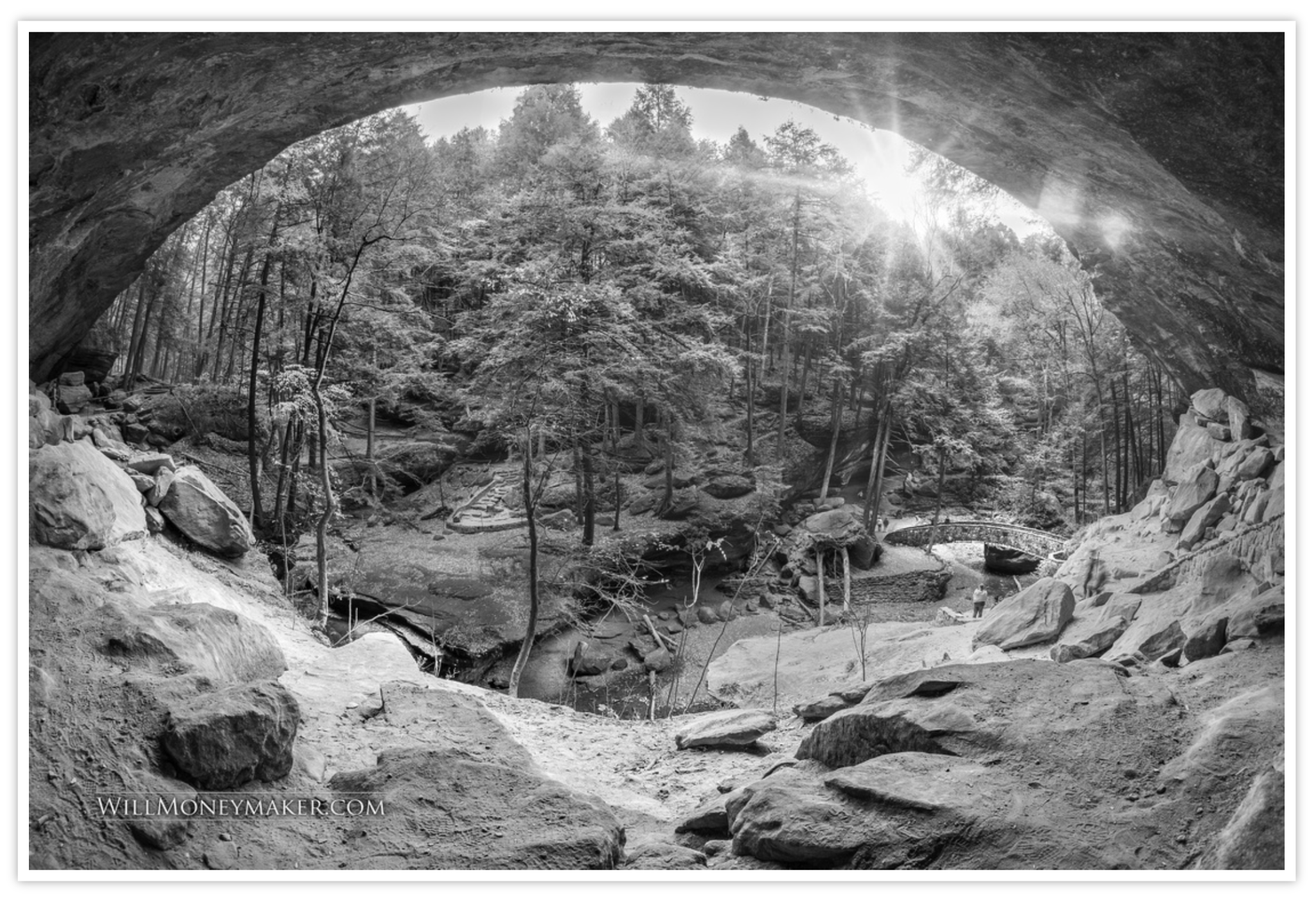There’s something about black and white images that makes them powerful, interesting, and almost more expressive than color photos. One might have assumed, back when color photos were first developed, that black and white images would slowly turn into a relic from a time when imaging technology was in its infancy. After all, color brings a whole new dimension to photography.
However, as the years went by, black and white photography didn’t disappear. Instead, these monochrome images have grown right along with color photos. Let’s take the time to explore what makes the black and white image so attractive in a world full of color.
Removing Distractions
I think that one of the biggest reasons black and white photography didn’t fade away with the advent of color is this: When you remove that layer of color, you also remove a layer of distraction. When you look at a color image, your eyes are immediately drawn to the bright hues, the contrasts between colors, and the subtle flow from one shade into the next. Without these elements to examine, you are free to look deeper at other elements – the subject material, the textures, and the play between light and shadow.
Searching for Color
Strangely enough, people tend to pay more attention to color in a black and white photo than in a color photo. For one thing, it’s up to the viewer to imagine the colors. What particular shade of green were the leaves on this tree? Was the person in the image wearing a red shirt or a purple one? Contemplating what the colors might have been that adds a level of interest that simply isn’t present in a color image.
Another facet unique to monochrome images is that it’s much easier to enjoy the range of tones, from the dark blacks all the way to the bright whites. When I look at a color image, I don’t always examine the contrasts between the dark, medium, and light tones. Monochrome images, however, invite you to search for the infinite shades of gray that lay between black and white.
Endless Versatility
Some might look at a color photo taken in low light and call it underexposed while the same image in black and white would be considered dramatic, moody, or mysterious. Black and white photography gives you more creative freedom. Take images that are almost entirely black, mostly white or something in between. Create strong contrasts between light and shadow or use contrast with subtlety. Black and white is not a style that is limited to a few certain subjects, and it lends itself well to bright lighting, low lighting, and everything in between.
If I were to try to tackle the question of whether black and white photography or color was the superior format, I’d be at a loss for an answer. The choice between monochrome and color is a personal one, and in a large part, it’s about what you’re trying to accomplish with your images. My advice is to experiment with both formats and choose the one that works best with each individual image.




